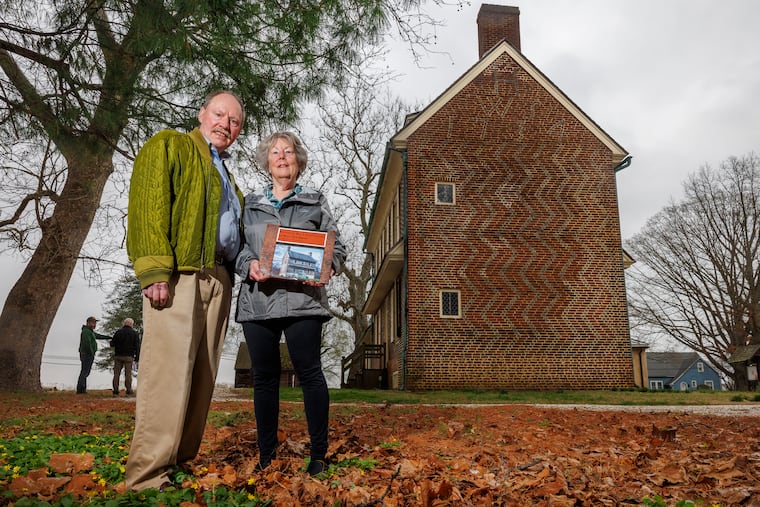Elderly New Yorkers experiencing financial hardship, according to recent data.
A recent study highlights a growing financial insecurity crisis among older adults in New York City, revealing that poverty rates among seniors have reached unprecedented levels. Conducted in collaboration with AARP, the Center for an Urban Future (CUF) has reported that 18.4% of seniors now live in poverty, marking an alarming increase of nearly 41% over the past decade.
The findings indicate that a significant proportion of senior citizens in New York City are without retirement savings, with nearly 60% of individuals aged 70 and above reporting no retirement income. The Bronx stands out as the borough with the highest percentage of elderly adults lacking income, at 63.6%. Brooklyn closely follows, while Queens and Manhattan also exhibit high rates of income insecurity among seniors. Staten Island is noted as having the lowest percentage in this regard, with 52.3% of older residents reporting no retirement income.
The CUF’s policy brief further reveals that approximately 19% of the city’s elderly population do not receive any income from Social Security. Employment data shows a worrying trend as well; in 2023, 14.5% of senior residents were employed, a figure that has now risen to 19%, equating to 245,959 older workers actively participating in the job market.
The current elderly population in New York City has reached a historic high of 1,366,151, representing a substantial 33.5% increase over the last decade. Notably, only seven cities in the United States have entire populations that exceed this figure for the elderly alone.
The CUF report indicates that approximately 250,901 New Yorkers aged 65 and older now live below the poverty line, a significant rise from 178,067 in 2013. The data highlights stark disparities among different demographic groups, with older Hispanic adults facing a poverty rate of 27.2%, while Asian and Black seniors report rates of 24.7% and 18.2%, respectively. White seniors have a lower poverty rate of 12.9%. Furthermore, older immigrants experience a particularly challenging economic landscape, with a poverty rate of 21.7%, which is nearly 7% higher than their native-born counterparts in the city.
In response to these troubling trends, the CUF has proposed several recommendations aimed at addressing the financial needs of the city’s aging population. Key among these suggestions is the stabilization of funding for the Department for the Aging (DFTA), which has faced significant budget volatility in recent years. Additionally, a recommended million investment is aimed at upgrading New York City’s aging services infrastructure, which is currently suffering from inadequate temperature control and ventilation, particularly within New York City Housing Authority developments.
As the city grapples with the challenges posed by its growing senior population, these insights underscore the urgent need for systemic changes to support financial security among its older residents.
Media News Source







